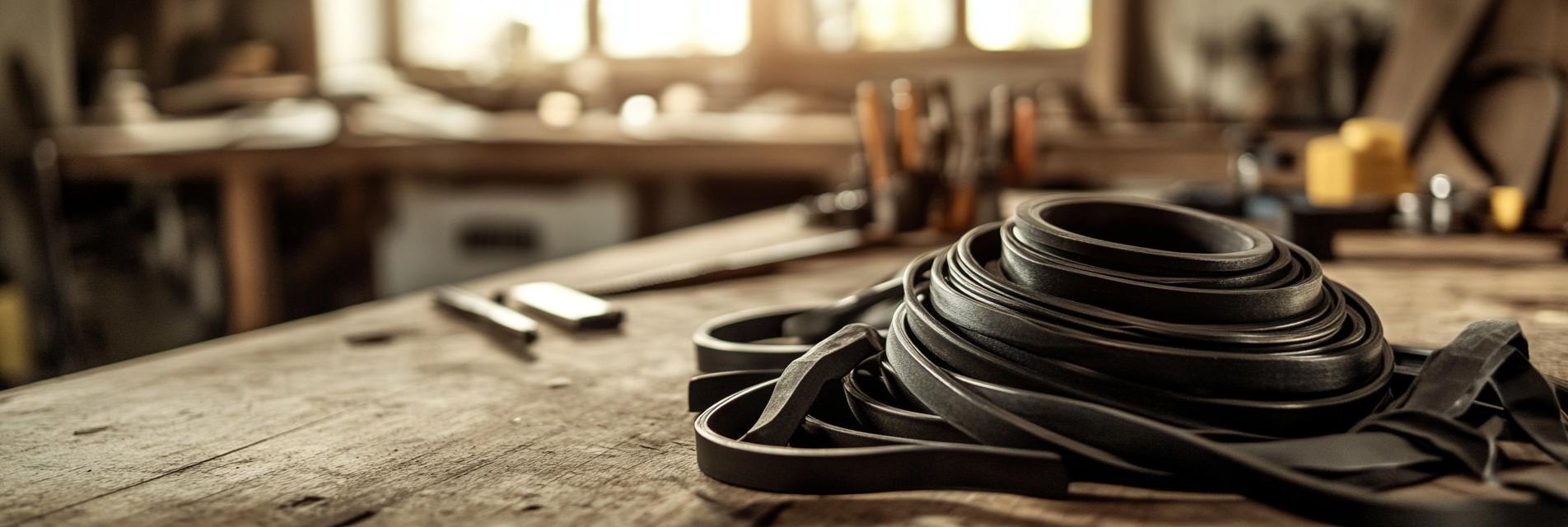In the rubber industry, one of the persistent challenges we face is the aging of rubber materials. Aging results in a deterioration of physical properties, adversely affecting product performance and lifespan. As someone deeply involved in this field, I have witnessed firsthand the importance of implementing best practices that enhance aging resistance. This article aims to share my insights and effective strategies to combat aging factors in rubber materials.
Rubber aging can be attributed to various environmental factors such as ozone exposure, UV radiation, heat, and oxidation. Each of these factors can lead to physical and chemical changes, including cracking, loss of elasticity, and discoloration. As a professional operating in this industry, recognizing these aging factors is the first step toward implementing effective mitigation strategies.
To effectively combat aging in rubber materials, I recommend the following best practices:
In recent years, several innovative technologies have emerged that offer enhanced aging resistance. These include the development of nanocomposites and the application of surface coatings that provide superior UV protection. As an advocate for embracing new technologies, I strongly believe that adopting such solutions can significantly improve the longevity and durability of rubber products.
To sum up, addressing aging in the rubber industry is crucial for ensuring the longevity and performance of rubber products. By understanding the aging factors, implementing best practices, and harnessing innovative solutions, we can effectively combat the challenges of rubber aging. As I continue my journey in the rubber industry, I remain committed to sharing knowledge and strategies that promote the advancement of aging resistance practices.

